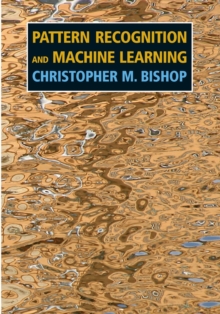
Bayesian Networks and Decision Graphs PDF
by Thomas Dyhre Nielsen, FINN VERNER JENSEN
Part of the Information Science and Statistics series
Description
Bayesian networks and decision graphs are formal graphical languages for representation and communication of decision scenarios requiring reasoning under uncertainty. Their strengths are two-sided. It is easy for humans to construct and to understand them, and when communicated to a computer, they can easily be compiled. Furthermore, handy algorithms are developed for analyses of the models and for providing responses to a wide range of requests such as belief updating, determining optimal strategies, conflict analyses of evidence, and most probable explanation. The book emphasizes both the human and the computer sides. Part I gives a thorough introduction to Bayesian networks as well as decision trees and infulence diagrams, and through examples and exercises, the reader is instructed in building graphical models from domain knowledge. This part is self-contained and it does not require other background than standard secondary school mathematics. Part II is devoted to the presentation of algorithms and complexity issues. This part is also self-contained, but it requires that the reader is familiar with working with texts in the mathematical language. The author also:
- provides a well-founded practical introduction to Bayesian networks, decision trees and influence diagrams;
- gives several examples and exercises exploiting the computer systems for Bayesian netowrks and influence diagrams;
- gives practical advice on constructiong Bayesian networks and influence diagrams from domain knowledge;
- embeds decision making into the framework of Bayesian networks;
- presents in detail the currently most efficient algorithms for probability updating in Bayesian networks;
- discusses a wide range of analyes tools and model requests together with algorithms for calculation of responses;
- gives a detailed presentation of the currently most efficient algorithm for solving influence diagrams.
Information
-
Download - Immediately Available
- Format:PDF
- Publisher:Springer New York
- Publication Date:29/06/2013
- Category:
- ISBN:9781475735024
Other Formats
- PDF from £63.33
- Hardback from £73.75
Information
-
Download - Immediately Available
- Format:PDF
- Publisher:Springer New York
- Publication Date:29/06/2013
- Category:
- ISBN:9781475735024










